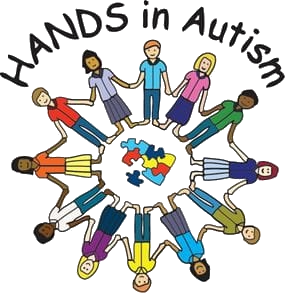Is Autism Increasing?

In recent years, there has been growing awareness and recognition of autism spectrum disorder (ASD), leading to increased diagnosis rates and prevalence estimates. However, it remains unclear whether the actual prevalence of autism is increasing or if the observed rise can be attributed to other factors, such as improved awareness, changes in diagnostic criteria, and better access to diagnostic services.
According to the Centers for Disease Control and Prevention (CDC), the prevalence of autism in the United States has been steadily increasing over the past few decades. The most recent CDC estimates suggest that approximately 1 in 54 children in the United States has been diagnosed with autism spectrum disorder. However, it is essential to interpret these numbers with caution, as they may not accurately reflect the true prevalence of autism.
Some researchers argue that the apparent increase in autism prevalence is primarily due to improved awareness and changes in diagnostic criteria, leading to more accurate and timely identification of individuals with autism. Additionally, increased access to diagnostic services and early intervention programs may also contribute to higher diagnosis rates.
It is also essential to consider other factors that may influence the observed increase in autism prevalence, such as environmental exposures, genetic predisposition, and demographic changes. However, more research is needed to fully understand the underlying factors contributing to the apparent rise in autism prevalence.
In conclusion, while there is evidence to suggest that the prevalence of autism is increasing, it is essential to approach this issue with caution and recognize the complexities involved in estimating autism prevalence. Continued research and efforts to improve awareness, access to services, and support for individuals with autism are crucial for addressing the needs of this growing population.


